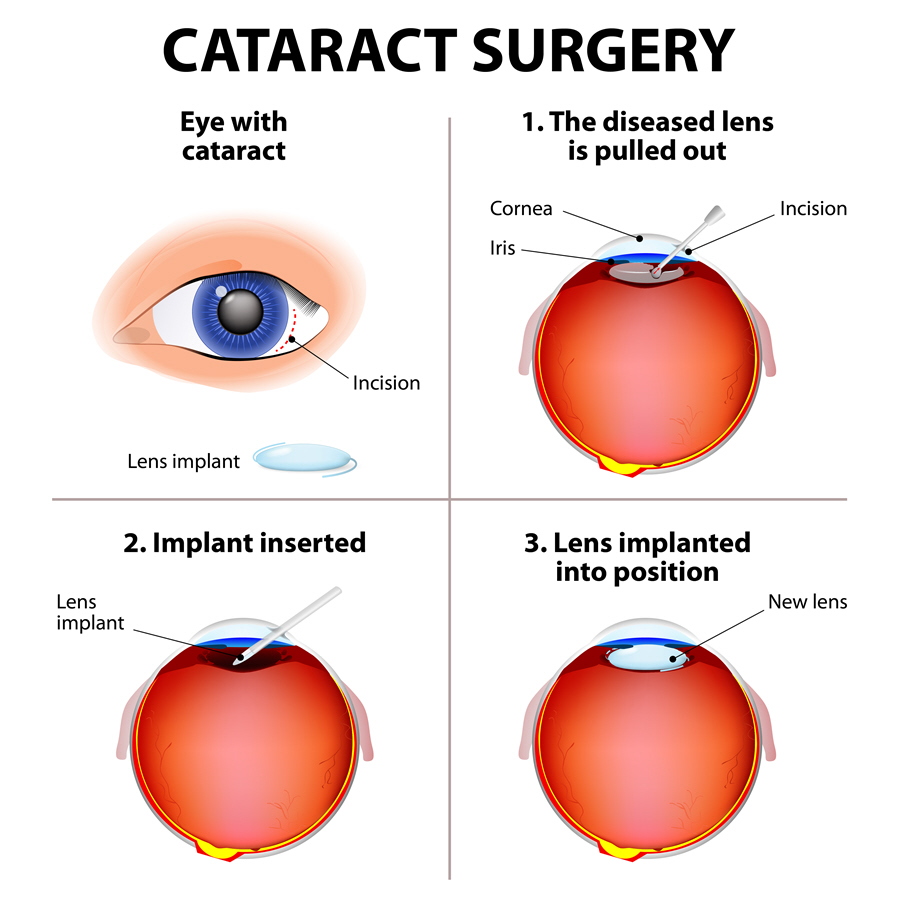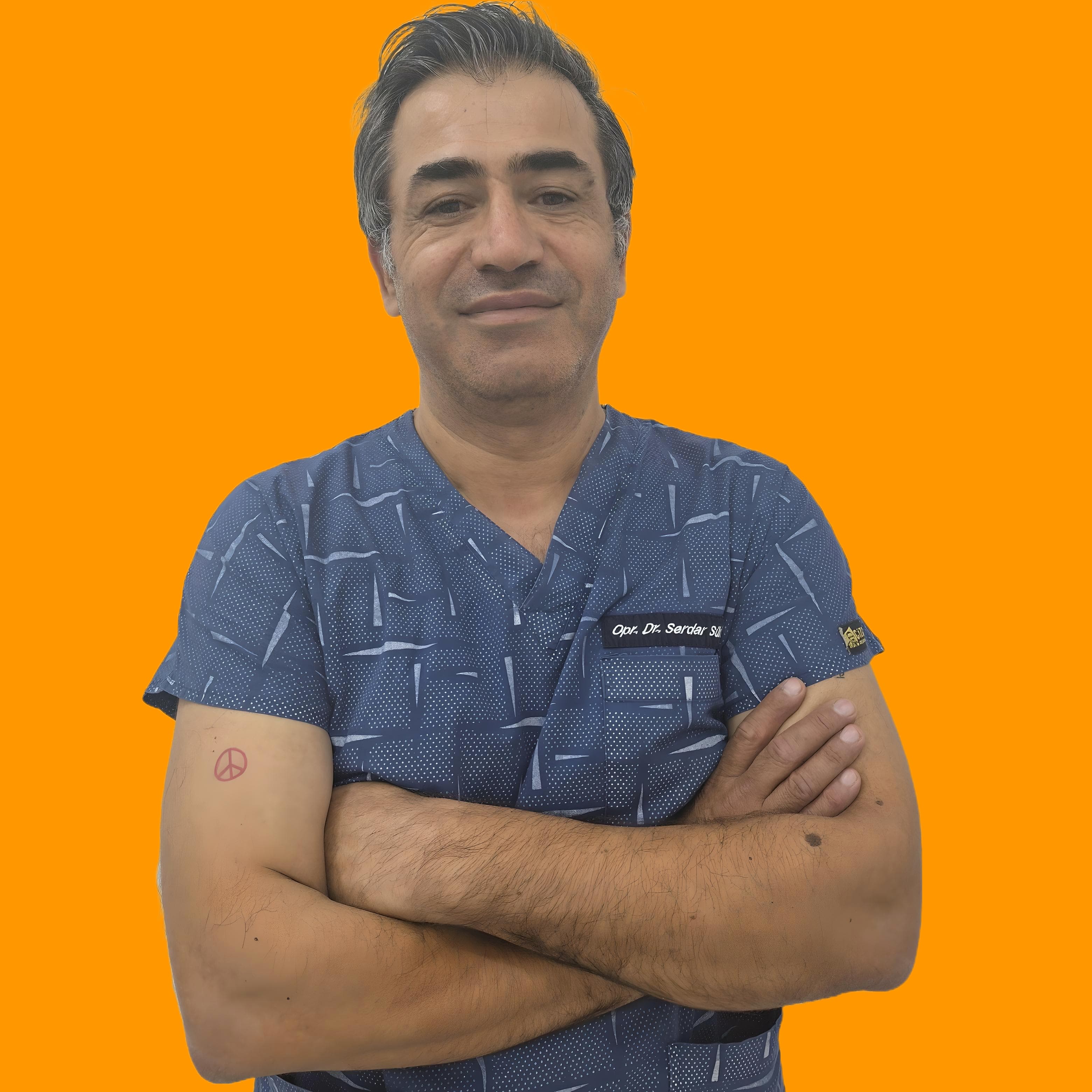Cataract surgery

Cataract Surgery: Restoring Clear Vision
Cataract surgery is one of the most commonly performed and successful procedures in modern medicine, offering a life-changing solution for individuals with clouded vision due to cataracts. This condition, typically associated with aging, occurs when the lens of the eye becomes cloudy, impairing vision. Thankfully, cataract surgery can effectively restore clear sight and improve quality of life.
1. What is Cataract Surgery?
Cataract surgery involves the removal of the cloudy lens from the eye and replacing it with a clear artificial lens, known as an intraocular lens (IOL). The procedure is typically performed on an outpatient basis, meaning patients can go home the same day.
2. The Procedure
The surgery itself is relatively simple and typically takes about 15 to 30 minutes. It is usually performed under local anesthesia, and patients remain awake during the procedure. A small incision is made in the eye, through which the surgeon removes the clouded lens and implants the IOL. The incision is so small that it often does not require stitches.
3. Types of Intraocular Lenses (IOLs)
There are different types of IOLs that can be used depending on the patient's needs and preferences:
- Monofocal IOLs: These provide clear vision at one distance, typically for distance vision. Additional reading glasses may be needed for close-up tasks.
- Multifocal IOLs: These offer improved vision at multiple distances, reducing the need for glasses for both near and far vision.
- Toric IOLs: Designed for patients with astigmatism, these lenses correct the irregular shape of the cornea, improving visual clarity.
4. Recovery After Cataract Surgery
Most patients experience a quick recovery after cataract surgery. While the eye may feel a bit irritated or itchy initially, these symptoms typically subside within a few days. Patients are usually able to return to normal activities within a week, although they should avoid strenuous activity or getting water in the eye for a short period.
Vision improvement is typically noticeable immediately after the procedure, with many patients reporting a significant enhancement in their eyesight within the first few days.
5. Risks and Complications
As with any surgery, cataract surgery does come with some risks, although they are rare. Potential complications can include infection, bleeding, or retinal problems. However, with modern techniques and technology, cataract surgery is considered very safe with a high success rate.
6. The Benefits of Cataract Surgery
The primary benefit of cataract surgery is the restoration of clear vision, which can greatly improve quality of life. Many patients report enhanced ability to perform daily tasks such as reading, driving, and enjoying hobbies. Cataract surgery also reduces the risk of falls and accidents associated with poor vision.
7. The Future of Cataract Surgery
Cataract surgery has evolved significantly over the years. With advancements in surgical techniques and IOL technology, patients can now experience even better outcomes with fewer complications. Research into personalized IOLs and new surgical methods continues to improve cataract surgery, offering even more precise and customized treatments for patients.
In conclusion, cataract surgery is a safe, effective, and life-changing procedure that has helped millions of people regain their independence and improve their quality of life by restoring clear vision.


